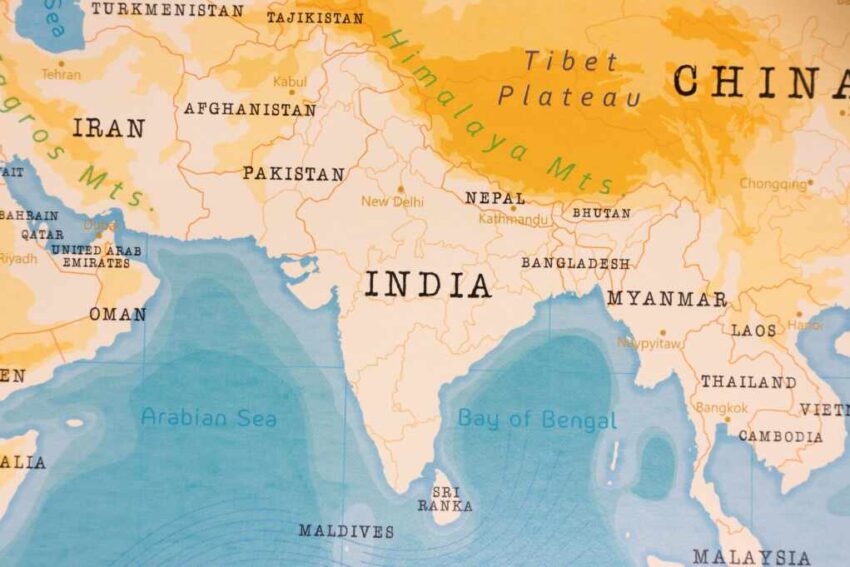India has jolted the global arms race by unveiling “Project Vishnu,” a hypersonic missile capable of Mach 10 speeds and nuclear payloads, dramatically raising the stakes in Asian defense.
At a Glance
- India announces successful test of Project Vishnu, its new hypersonic missile.
- Vishnu reportedly exceeds Mach 10 and is nuclear-capable.
- The missile’s speed and range put it in the league of Russia’s Avangard and China’s DF-17.
- Indian defense officials cite the project as a game-changer in regional deterrence.
- Western and Asian military analysts are scrambling to assess the impact.
India Leaps Ahead in Hypersonic Arms Race
India’s latest technological achievement has stunned international observers. Project Vishnu—officially named ET-LDHCM—propels India into a new era of strategic power. According to the Defence Research and Development Organization (DRDO), the Vishnu missile has reached sustained speeds of Mach 10 in recent tests, making it one of the fastest weapons systems on the planet. The missile’s hypersonic capabilities allow it to evade most existing air defense shields, rendering traditional anti-missile systems virtually obsolete.
DRDO sources indicate the Vishnu project is entirely indigenous, relying on Indian advancements in scramjet propulsion, composite airframes, and advanced stealth coatings. Such innovations not only give India new leverage in defense procurement but also reduce reliance on foreign suppliers at a time when global arms supply chains are under severe strain. Indian defense planners claim the system can deliver both nuclear and conventional warheads to strategic targets across the region, reinforcing India’s deterrence posture against regional adversaries.
Geopolitical Shockwaves and Regional Arms Race
International reaction has been swift and intense. Defense analysts in the United States, Russia, and China are working to assess the full impact of India’s entry into the hypersonic weapons club. Until now, the field has been dominated by Russia’s Avangard and China’s DF-17 systems, both of which were thought to give their respective countries a critical edge in any future conflict. With India now joining this elite circle, the strategic equation in Asia is being rapidly recalculated.
Watch a report: “India Military Successfully Tests MACH8 Hypersonic Missile | Indian
Defence Update” on YouTube
Strategic Stability and the Future of Missile Defense
Indian officials have framed Project Vishnu as a direct response to mounting security challenges, particularly in the face of Chinese missile deployments along disputed borders and in the Indian Ocean region. The new missile’s range and speed mean it can strike deep within hostile territory in minutes, shifting the balance in India’s favor and forcing adversaries to rethink their defensive strategies. The move is already sparking calls in neighboring countries for accelerated arms development and upgrades to existing missile defense systems.
Arms control experts warn that the arrival of another hypersonic power in Asia increases the risk of miscalculation and accidental escalation, especially as hypersonic weapons dramatically shorten the warning time for leaders to respond to a perceived attack. India’s demonstration is likely to spur new debates about global arms races, the future of nuclear deterrence, and the need for updated international agreements to manage the spread of hypersonic and other advanced military technologies.
As Project Vishnu moves closer to full deployment, military observers agree that India has irreversibly altered the regional security landscape—and triggered a new chapter in the global contest for technological supremacy.
Click this link for the original source of this article.
Author: Editor
This content is courtesy of, and owned and copyrighted by, https://thecongressionalinsider.com and its author. This content is made available by use of the public RSS feed offered by the host site and is used for educational purposes only. If you are the author or represent the host site and would like this content removed now and in the future, please contact USSANews.com using the email address in the Contact page found in the website menu.








